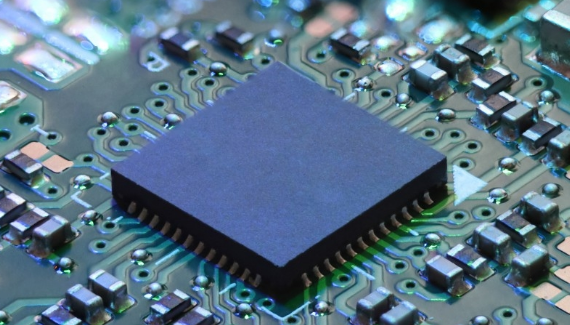Insider Brief
- Quantum Art has integrated its logical qubit compiler with NVIDIA’s CUDA-Q platform to improve performance and scalability in hybrid quantum-classical applications.
- The integration enables reduced circuit depth and up to a 25% improvement in Quantum Volume benchmarks by combining Quantum Art’s multi-qubit, multi-core architecture with NVIDIA’s orchestration capabilities.
- The collaboration targets optimization at the ~200 logical qubit level, supporting commercial-scale quantum computing in areas such as materials discovery, logistics, and energy systems.
PRESS RELEASE — Quantum Art, a developer of full-stack quantum computers based on trapped-ion qubits and a proprietary scale-up architecture, today announced the integration of NVIDIA CUDA-Q hybrid quantum-classical platform into its advanced circuit compiler for logical qubits. The integration aims to advance the performance of scalable quantum computing for real-world applications.
The integration pairs Quantum Art’s Logical Qubit Compiler—which utilizes its unique multi-qubit gates and multi-core architecture—with NVIDIA CUDA-Q, an open-source hybrid quantum-classical computing platform. This enables developers to run applications across QPUs, CPUs, and GPUs. By combining Quantum Art’s compiler, which is optimized for low circuit depth and scalable performance, with NVIDIA’s expertise in multi-core orchestration and developer enablement, the collaboration lays critical groundwork for the advancement of practical quantum use cases.
The integration of Quantum Art’s compiler with NVIDIA CUDA-Q is expected to significantly reduce circuit depth and improve performance, thanks to its efficient multi-qubit and reconfigurable multi-core operations. Initial results at the physical layer already show improved scaling (N vs. N² code lines) and up to a 25% improvement in the logarithm of Quantum Volume circuits, resulting in much shallower circuits and enhanced performance. The significance lies in the ability to dramatically increase Quantum Volume using this compiler on suitable quantum hardware systems.

A key objective is to achieve synthesis and optimization of quantum circuits at the ~200 logical qubit level—a scale aligned with emerging commercial use cases. Measurable improvements in circuit depth, T-gate count, and the number of required core reconfigurations will be analyzed. Quantum Volume will serve as the system-level benchmark to evaluate overall effectiveness and scalability of the combined platform.
“We’re excited to work with NVIDIA, the leader in next-generation computing infrastructure, to combine our complementary strengths and accelerate the future of scalable quantum computing,” said Dr. Tal David, CEO of Quantum Art. “Our trapped-ion qubits and proprietary multi-core architecture offer an unmatched scaling opportunity which addresses the number-one challenge of quantum computers as the industry moves towards commercialization. Our compiler integration into CUDA-Q will enable developers to develop and optimize meaningful quantum applications at scale.”
“The CUDA-Q platform is built to accelerate breakthroughs in quantum computing by building on the successes of AI supercomputing,” said Sam Stanwyck, Group Product Manager for Quantum Computing at NVIDIA. “Quantum Art’s integration of CUDA-Q with their compiler is a prime example of how impressive performance improvements in quantum research are being found at the intersection of quantum and classical hardware.”
This work marks another milestone in Quantum Art’s broader efforts to scale quantum computing through its trapped-ion systems, multi-qubit gates, and dynamically reconfigurable multi-core architecture. These innovations address the core challenge of scaling to thousands—and eventually millions—of qubits to provide substantial commercial value. This integration advances Quantum Art’s vision of achieving commercial quantum advantage and unlocking new capabilities in fields such as materials discovery, logistics, and energy systems.


















